Candlestick Pattern Explained
Candlestick charts are a technical instrument that compresses data for multiple time frames into individual price bars. This makes them more useful than standard open, high, low, close (OHLC) bars or basic lines connecting the closing price dots. Candlesticks create patterns that can be used to predict price direction once they are completed. Proper color coding adds depth to this colorful technical tool, which traces back to 18th-century Japanese rice traders.
Traditionally, candlesticks are most effective when used on a daily basis, as each candle represents a complete day’s worth of news, data, and price action. This suggests that longer-term or swing speculators can benefit more from candlesticks.
Each candle, most significantly, tells a story. The ideal way to view a candle is as a competition between buyers and sellers. A light candle (typically green or white) indicates that purchasers have prevailed, while a dark candle (red or black) indicates that sellers have dominated. But what transpires between the open and close, as well as the struggle between buyers and sellers, is what makes candlesticks such a useful instrument for charting.
KEY POINTS
- Candlestick patterns have been used for centuries as a technical trading strategy to forecast future price movement.
- There are dozens of distinct candlestick patterns, each having a name that is both descriptive and easy to understand. There is a corresponding “abandoned baby bottom” to every “abandoned baby top,” and every “tweezer bottom” has a “upside-down corollary” in the form of “tweezer tops.”
- To refine their trading strategy (e.g., entry, exit), traders augment candlestick patterns with additional technical indicators.
- Candlesticks are not reliable indicators of the future because they only consider recent and previous price activity.
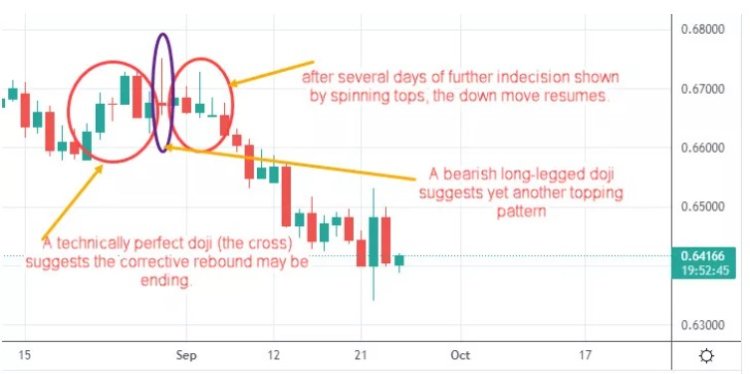
Let’s first take a look at the basics of candles so you can understand the various parts of a candlestick.
How to Read a Candlestick Pattern
A daily candlestick illustrates the opening, high, low, and closing (OHLC) prices of a market. The rectangular actual body, or body, is colored with a dark color (red or black) to indicate a decrease in price, and a light color (green or white) to indicate an increase in price. The lines above and below the body are known as wicks or tails and represent the day’s highest and lowest points. Taken as a whole, the components of a candlestick can frequently indicate a change in market direction or emphasize significant potential moves that are frequently confirmed by the following day’s candle.
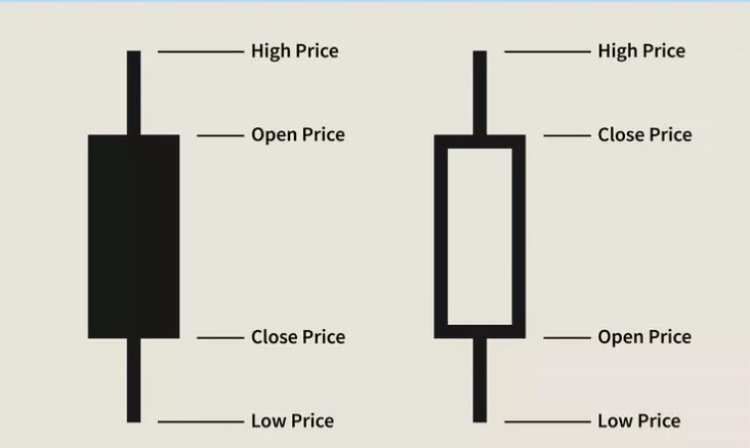
Difference Between Foreign Exchange (FX) Candles and Other Markets’ Candles
Before we delve into specific candlestick patterns, let’s discuss the distinction between foreign exchange (FX) candlesticks and stock/exchange-traded fund (ETF)/futures candlesticks, as well as all other candlesticks. Due to the 24-hour nature of the FX market, the daily close of one day is typically the opening of the next day. Consequently, there are fewer openings in FX chart price patterns. FX candles can only exhibit a gap over the weekend if the Friday close and Monday open are distinct.
Many candlestick patterns rely on price gaps as an integral part of their signaling power, and those gaps should be noted in all cases. Regarding FX candles, a bit of creativity is required to identify a prospective candlestick signal that may not precisely match the traditional candlestick pattern. For instance, the bearish engulfing line’s body does not precisely engulf the previous day’s body in the FX chart below, but the upper wick does. With a little imagination, you will be able to recognize certain patterns, even if their formation is not prescribed.
Examples of Candlestick Patterns
Listed below are several candlestick patterns that perform exceptionally well as price direction indicators and potential reversal indicators. Each functions within the context of the surrounding price bars to predict whether prices will increase or decrease. Additionally, they are time-sensitive in two ways:
- They only operate within the constraints of the intraday, daily, weekly, or monthly chart being analyzed.
- Three to five bars after the pattern is concluded, their potency decreases significantly.
Doji and Spinning Top
A doji (plural: doji) is a candlestick formation in which the opening and closing prices are identical or nearly identical. A rotating top is very similar to a doji, but its body is much smaller and its opening and closing are nearly identical.
Both patterns indicate market indecision, as buyers and vendors have effectively reached an impasse. Nonetheless, these patterns are extremely significant as a warning that the indecision will ultimately evaporate and a new price direction will emerge.
Here are some visual examples of doji and spinning tops:

Bullish/Bearish Engulfing Lines
An engulfing line is a strong indication of a change in trajectory. After an uptrend, a bearish engulfing line is a reversal pattern. The key is that the body of the second candle “engulfs” the body of the first candle in the opposite direction. This suggests that, in the case of an uptrend, the buyers had a brief attempt higher but ended the day well below the close of the prior candle. This suggests that the uptrend has began to stall and reverse lower. Note also that the previous two days’ candles displayed a double top, also known as a forceps top, which is a reversal pattern.
A bullish engulfing line is the opposite of a bearish engulfing line and appears following a downtrend. Additionally, a double bottom, also known as a tweezers bottom, is the formation that suggests a downtrend may be concluding and about to reverse higher.
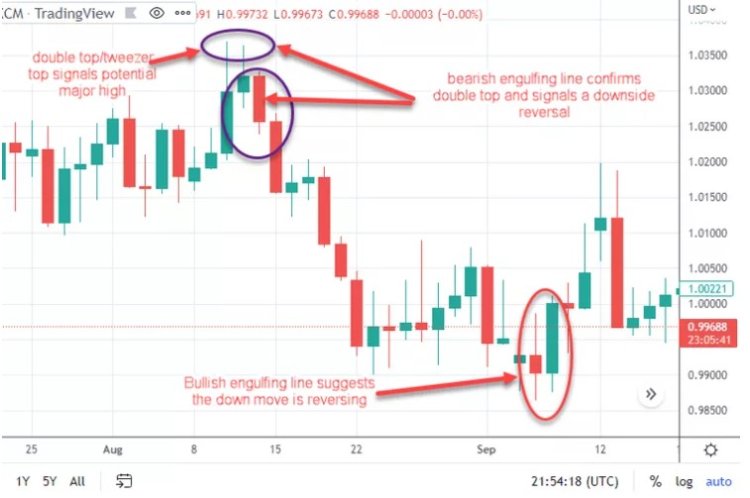
Hammer
A hammer represents the conclusion of a downtrend (hammering out a bottom). Note the long lower tail, which indicates that sellers made another attempt to push the price lower, but were rebuffed, resulting in the price recovering most or all of its daily losses. Importantly, this is the first time that buyers have emerged in force during the present downtrend, which suggests a change in sentiment regarding the market’s direction. The following day a bullish candle confirms the pattern.
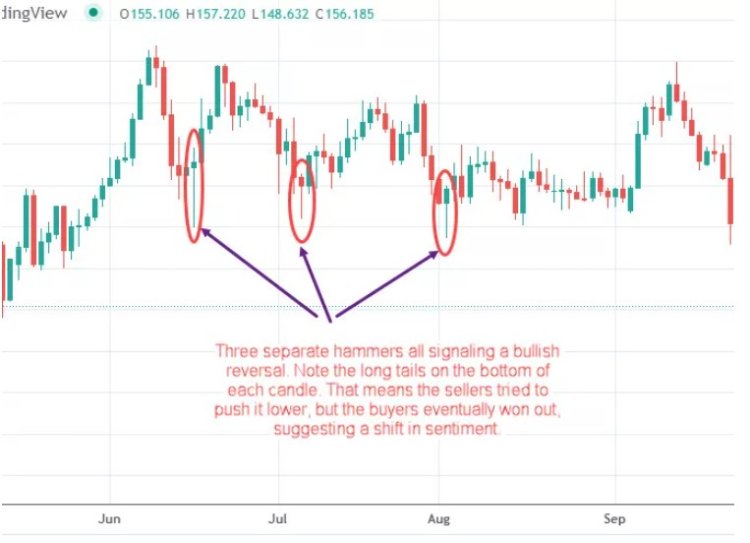
Hanging Man
A hanging man pattern suggests a crucial potential reversal lower and is the corollary to the bullish hammer formation. The story behind the candle is that selling interest has entered the market for the first time in many days, resulting in the lengthy tail to the downside. The result of the buyers’ resistance is a small, dark body at the summit of the candle. The following day’s dark candle indicates confirmation of a short signal.
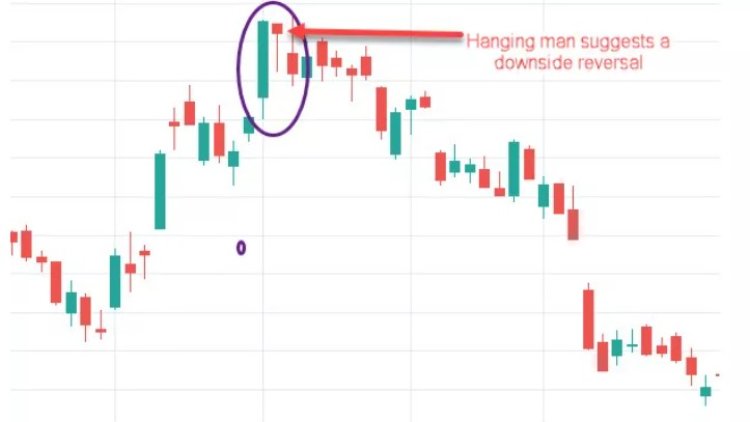
Abandoned Baby Top/Bottom
An abandoned baby, also known as an island reversal, is a significant pattern that indicates a significant reversal in the prior trajectory. After an uptrend, an abandoned baby top forms, while an abandoned baby bottom forms after a downtrend.
The pattern consists of a void in the direction of the present trend, leaving a candle with a small body (spinning top or doji) stranded at the top or bottom like an island. Confirmation occurs on the following day’s candle, where a gap lower (abandoned baby top) indicates that the previous gap higher has been obliterated and that selling interest has become the dominant market force. The following day, a lengthy, dark candle represents confirmation.
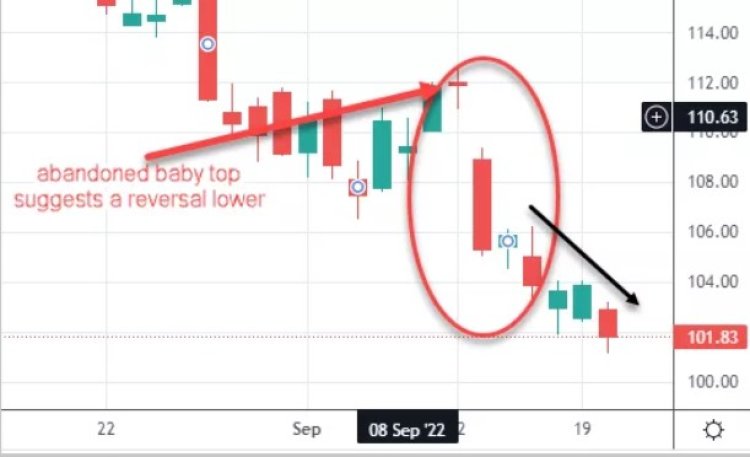
Take Special Note of Long Tails and Small Bodies
Small-bodied candlesticks, such as a doji, signify that purchasers and sellers fought to a stalemate, with the close nearly equal to the open. (Such a candlestick could also have a tiny body, forming a rotating top in effect.) Small bodies symbolize the market’s uncertainty regarding its current direction.
This indicates that such small bodies are frequently reversal indicators, as the directional movement (up or down) may have run out of steam. Take note of significant indecision candles, as either the bulls or the bears will eventually prevail. Now is the time to observe price behavior and be prepared to act when the market shows its hand.
Long tails, especially when paired with small bodies, are an additional crucial candlestick signal. Long tails represent futile efforts by buyers or sellers to drive the price in their desired direction, followed by a retracement to near the open. Exactly this pattern is depicted by the doji shown below, which represents a futile attempt to move higher or lower. This suggests that the next move will be downward, following an upward movement.
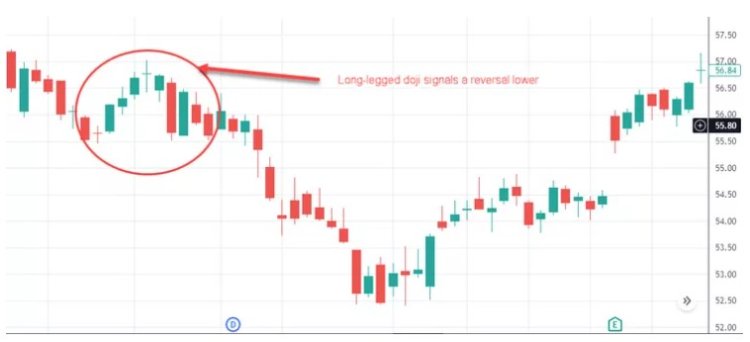
Which candlestick pattern is most reliable?
Various traders favor and consider the most reliable patterns to be numerous. Bullish/bearish engulfing lines, bullish/bearish long-legged doji, and bullish/bearish abandoned baby top and bottom are some of the most prevalent candlestick patterns. In the interim, a large number of neutral potential reversal signals, such as doji and spinning tops, will appear, which should place you on high alert for the next price movement.
Does candlestick pattern analysis really work?
Yes, candlestick analysis can be effective if the principles are followed and confirmation is awaited, typically in the following day’s candle. Traders around the world, particularly those based in Asia, use candlestick analysis as the primary method for determining overall market direction, not the direction of pricing in two to four hours. Therefore, daily candles are superior to shorter-term candlesticks.
How do you read a candle pattern?
Candle patterns are best interpreted by determining whether they are bullish, bearish, or neutral (indecisive). Observing the formation of a candlestick pattern is time-consuming and annoying. If you recognize a pattern and receive confirmation, then you have a basis for trading. Be cautious not to perceive patterns where there are none. You will eventually receive a signal with a high probability based on candlesticks if you let the market do its thing.
The Bottom Line
Candlestick analysis has existed for centuries and is effective for the same reason that other forms of technical analysis are: because traders adhere to it. Candlesticks may be combined with other types of technical analysis, such as momentum indicators, but they are ultimately an independent type of charting analysis.
Daily candlesticks are the most effective method to view a candlestick chart because they display a full day’s worth of market data and price action. If you choose to use shorter-term candles, be aware that their meaning is only legitimate for a small number of the periods you select; for instance, a four-hour candle pattern is only valid for a small number of four-hour periods.
Individual candles (e.g., doji) and multi-candle patterns such as bullish/bearish engulfing lines, bullish/bearish abandoned infants, and bullish hammers/bearish hanging man patterns are examples of candlestick signals. Candlesticks are excellent forward-looking indicators, but confirmation by subsequent candles is frequently necessary for identifying a specific pattern and trading based on it. Specifically, candlestick patterns frequently emit signals of indecision, alerting traders to the possibility of a direction change.




